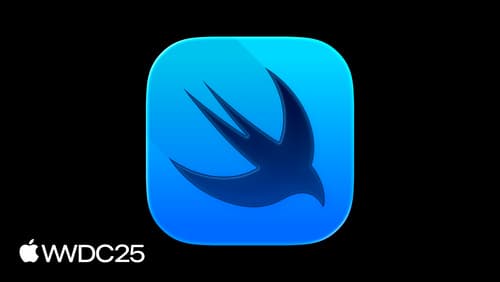What new updates does RealityKit have in terms of gestures?
Asked on 2025-06-12
1 search
RealityKit has introduced a new Gesture component that simplifies the process of adding SwiftUI gestures to entities. This component allows entities to be responsive to touch and gestures, making it easier to integrate familiar SwiftUI capabilities directly into RealityKit entities. This update is part of a broader effort to enhance the integration between SwiftUI and RealityKit, enabling more seamless and intuitive interactions within your apps. For more details, you can refer to the session Better together: SwiftUI and RealityKit (15:35).

What’s new in RealityKit
Unleash your creativity with new RealityKit features that can help you build rich 3D content for iOS, iPadOS, macOS, tvOS and visionOS. Learn how you can access ARKit data directly through RealityKit. Explore how you can interact with your 3D content more naturally using the object manipulation feature. Discover some new APIs for scene understanding, environment blending, instancing and much more, all using an interactive sample.

What’s new in SwiftUI
Learn what’s new in SwiftUI to build great apps for any Apple platform. We’ll explore how to give your app a brand new look and feel with Liquid Glass. Discover how to boost performance with framework enhancements and new instruments, and integrate advanced capabilities like web content and rich text editing. We’ll also show you how SwiftUI is expanding to more places, including laying out views in three dimensions.

Better together: SwiftUI and RealityKit
Discover how to seamlessly blend SwiftUI and RealityKit in visionOS 26. We’ll explore enhancements to Model3D, including animation and ConfigurationCatalog support, and demonstrate smooth transitions to RealityView. You’ll learn how to leverage SwiftUI animations to drive RealityKit component changes, implement interactive manipulation, use new SwiftUI components for richer interactions, and observe RealityKit changes from your SwiftUI code. We’ll also cover how to use unified coordinate conversion for cross-framework coordinate transformations.
